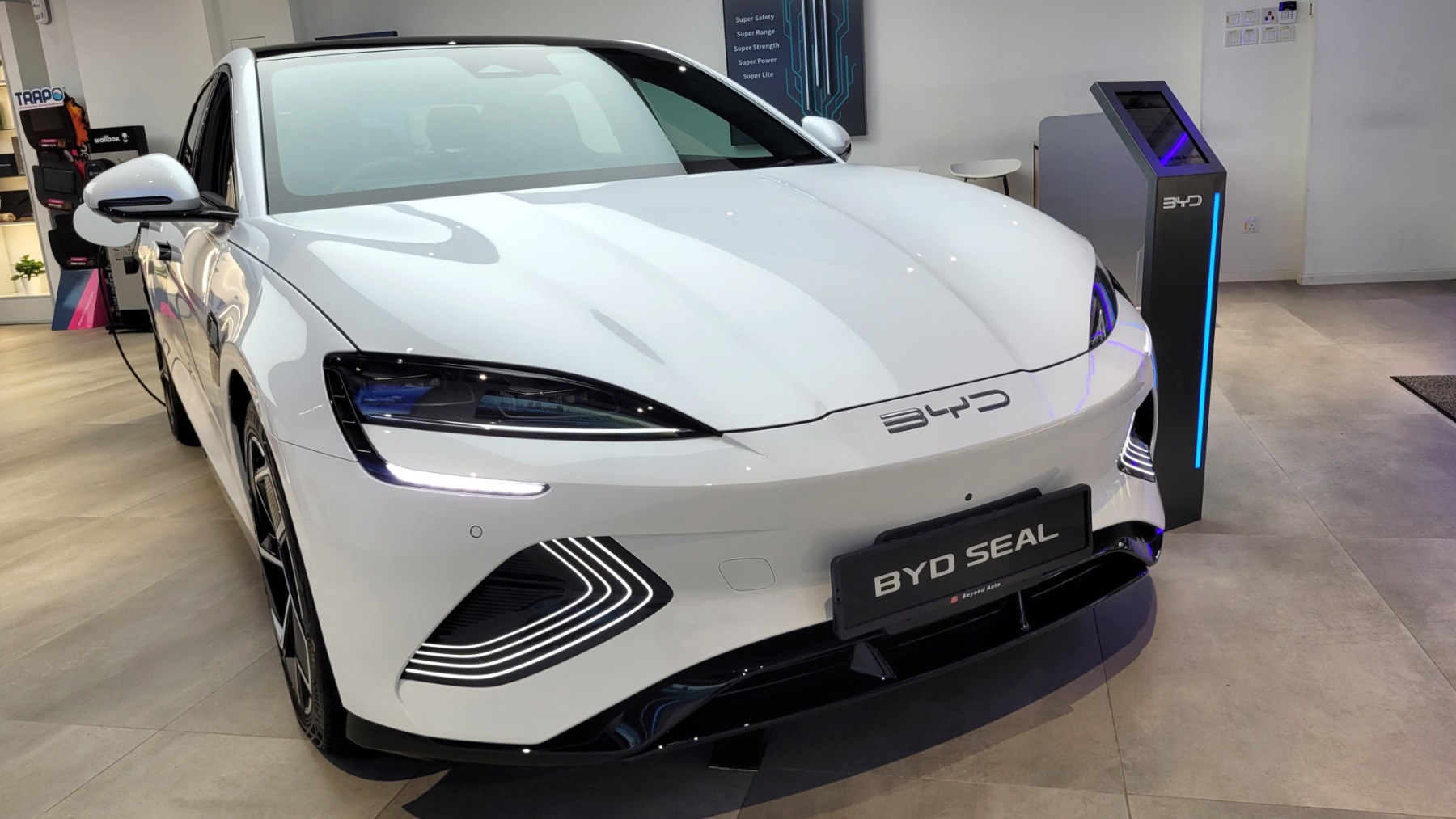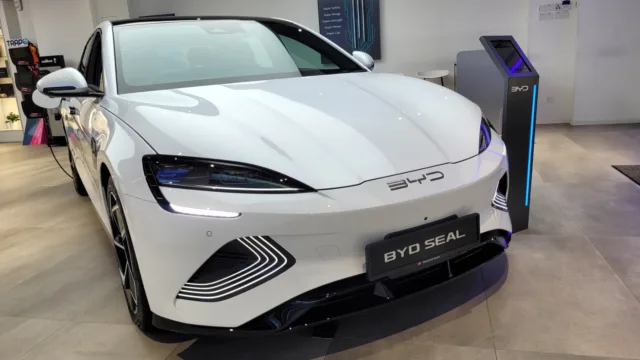
When word spread last winter that BYD was scouting central Mexico for a multibillion-dollar factory, governors from Coahuila to Querétaro rolled out the red carpet. They offered rail spurs, tax holidays, even housing plots for 10,000 promised employees.
Yet on July 2 BYD’s Latin America boss Stella Li picked up the phone and told them to stand down. Citing “geopolitical uncertainty” and a U.S. tariff war that refuses to cool, she said the project is off the table…“indefinitely”. Now matter how Mexican authorities gave the VIP treatment to BYD, the final decision was always up to the USA market.
From sprint to screeching halt
Rumors of a BYD plant first surfaced in February 2024. By summer, the short-list was down to three land parcels near major rail corridors, and local press reported a capacity of 150,000 electric crossovers a year at prices that could undercut any U.S.-built rival. In January this year, Mexican media trumpeted a figure: 10,000 direct jobs, twice what Tesla’s long-stalled Nuevo León gigafactory would create.
But the countdown stopped the moment the White House, now under Donald Trump, announced a 25 percent tariff on any vehicle “controlled by a Chinese parent” even if final assembly happens in Mexico. The rule, designed to close what lobbyists called the “dragon loophole,” erased BYD’s cost advantage overnight.
Beijing pulls the handbrake
Trade headwinds weren’t the only factor. The Financial Times revealed in April that Chinese regulators feared Mexico could become an “intellectual-property conduit,” allowing U.S. engineers to reverse-engineer BYD’s lithium-iron-phosphate blade batteries. Beijing delayed export permits for key production equipment, effectively freezing the project weeks before BYD went public with its pause.
State officials say the plant would have lifted regional GDP by nearly one percentage point. Now, freight-rail upgrades and a proposed battery-grade lithium refinery in Sonora are stuck in limbo.
Winners on the sidelines
Detroit automakers quietly exhaled. BYD’s cancelled Mexican beachhead means Americans won’t see a $22,000 Dolphin hatchback or a $15,000 Seagull city car sailing duty-free across the Rio Grande. Instead, BYD will focus on its nearly finished complex in Bahia, Brazil—a market with no Trump-era tariffs and 25 percent import taxes of its own to deter foreign competition.
The Mexican peso barely moved on the news (investors have grown numb to factory teasers that vanish) but BYD’s Hong Kong-listed shares closed down 4 percent the next day, erasing roughly $5 billion in market value. Some analysts called the decision prudent; others said BYD has surrendered first-mover advantage in North America.
What U.S. drivers lose
For American shoppers hoping for a sub-$25 k EV that beats a Chevy Bolt on range, the dream inches further away. Importing BYD cars directly from China now triggers a 100 percent Section 301 tariff, pushing a $12 k Seagull north of $24 k before dealer mark-ups. Building in Brazil avoids that penalty but still faces the 25 percent truck tariff if vehicles arrive by sea.
Could the deal revive?
Mexican President Claudia Sheinbaum says her door remains open. Industry insiders outline two hurdles:
- Tariff clarity. If Washington exempts Mexican-made EVs from the new “Chinese parent” clause—perhaps after WTO challenges—BYD would reconsider.
- Tech safeguards. Beijing wants legal assurances its battery patents won’t leak across the border. Mexico’s nascent IP-protection regime must win that trust.
Until then, BYD will ship cars from China to Latin markets and accelerate its Brazilian plant, slated to open in early 2026.
Final gear change
Just a year ago BYD’s Mexico announcement looked like the moment Chinese automakers would storm the last big car market they hadn’t cracked. Instead, trade politics and cross-Pacific mistrust slammed the gate shut before the first brick was laid. The casualty list now includes thousands of hypothetical Mexican jobs and millions of hypothetical cheap EVs for American driveways.
For Chinese automakers, the message is sobering: building cars in North America isn’t just a logistics problem. It’s a diplomatic dance, and one wrong tariff can clear the dance floor in a heartbeat.









